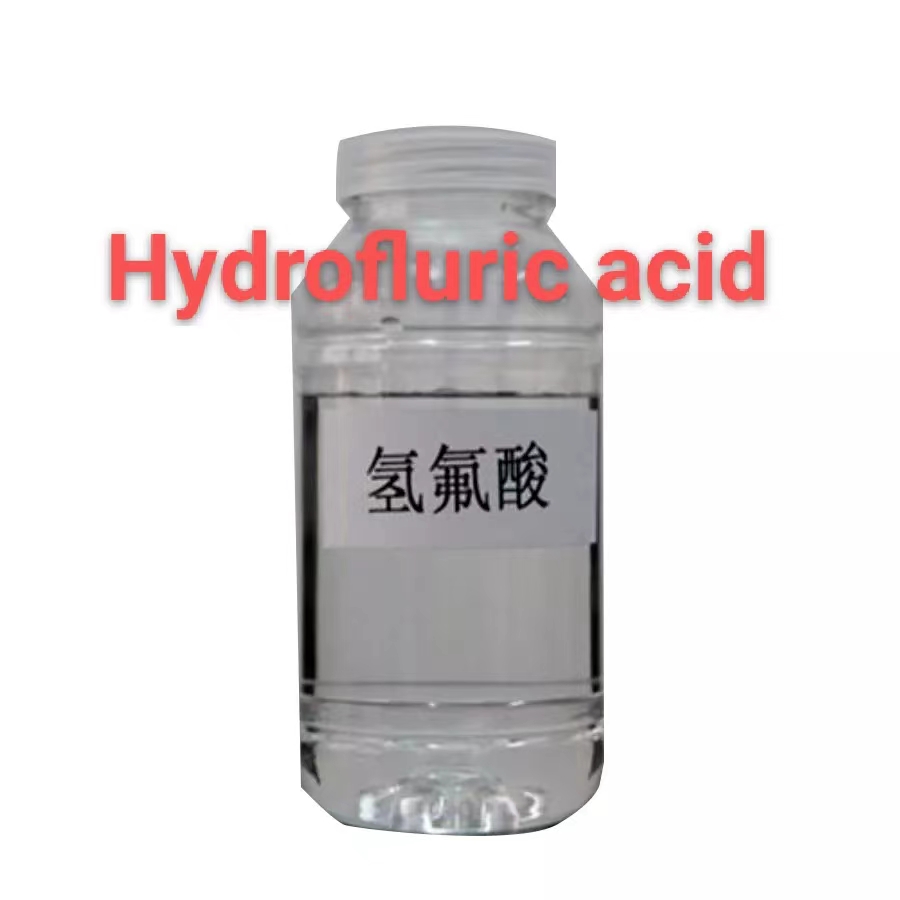The Harm Of Hydrofluoric Acid To Human Body
Hydrofluoric acid (HF) is a highly corrosive and toxic chemical that can cause serious harm to humans upon exposure. It is unique among the strong acids in that it can penetrate the skin and underlying tissues, potentially leading to systemic toxicity. Here are some of the effects and dangers of hydrofluoric acid exposure:
1.Skin and tissue damage: HF can cause severe burns and tissue damage upon contact with the skin. Even dilute solutions of HF can be harmful. The acid penetrates the skin and reacts with the underlying tissues, including bones, leading to deep tissue damage and severe pain.
2.Inhalation: Inhaling the fumes or vapors of HF can lead to respiratory irritation, coughing, and shortness of breath. Inhalation of HF gas can be extremely dangerous, and exposure to high concentrations can be fatal.
3.Eye damage: Contact with HF can cause severe eye damage, including corneal burns and potentially permanent eye injury or blindness.
4.Systemic toxicity: HF can be absorbed into the bloodstream through the skin, leading to systemic effects. It can affect the nervous system, heart, and other organs, potentially leading to cardiac arrhythmias, seizures, and other serious health issues.
5.Delayed symptoms: HF exposure may not initially cause severe symptoms, and there can be a delay in the onset of more serious health effects, making it important to seek medical attention even if symptoms seem mild.
Because of its extreme toxicity, the handling of hydrofluoric acid should be carried out with appropriate precautions, including the use of protective equipment, good laboratory practices, and adherence to safety protocols. It is important to be aware of the risks associated with HF and take appropriate measures to prevent exposure and handle it safely.
